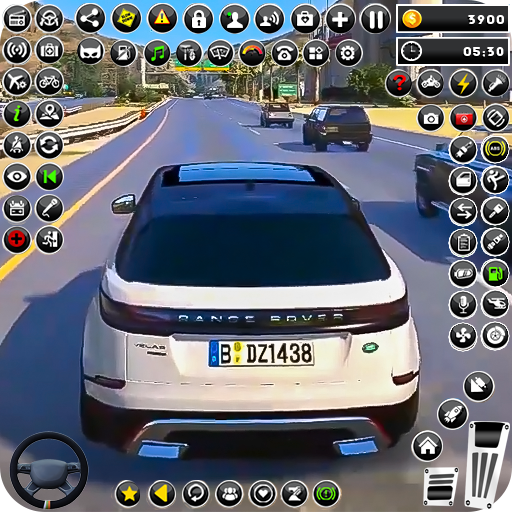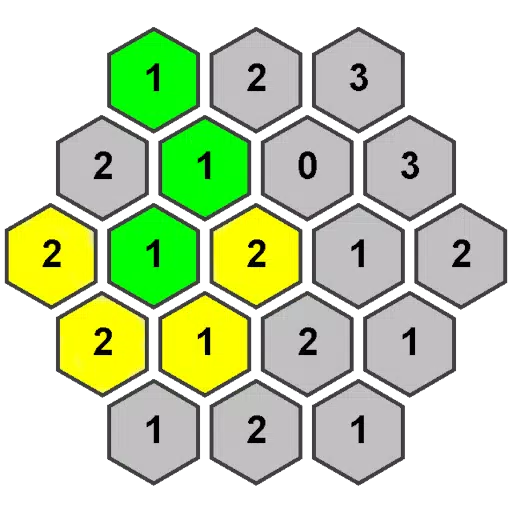Building a high-performance gaming PC starts with one crucial decision: selecting the best graphics card. When it comes to value, power, and future-ready features, AMD continues to deliver compelling options that stand toe-to-toe with the competition. Whether you're aiming for smooth 1080p gameplay or buttery 4K performance, AMD’s current lineup offers something for every gamer—and every budget.
One of the biggest advantages of choosing an AMD GPU is the inclusion of advanced technologies without the premium price tag. All modern AMD graphics cards support ray tracing and come equipped with FidelityFX Super Resolution (FSR), a powerful upscaling technology embraced by a growing number of major PC titles. This means you get enhanced performance and visual fidelity without having to spend thousands. Plus, with AMD’s architecture powering both the PlayStation 5 and Xbox Series X, game developers are increasingly optimizing for this ecosystem, which can translate into smoother performance and better compatibility when playing console-ported titles on PC.
TL;DR: The Best AMD Graphics Cards Right Now
 Best 4K AMD Graphics Card
Best 4K AMD Graphics Card
Sapphire Pulse Radeon RX 7900 XTX
8
See it at Amazon
 Best AMD Graphics Card (For Most People)
Best AMD Graphics Card (For Most People)
AMD Radeon RX 9070 XT
6
See it at Newegg
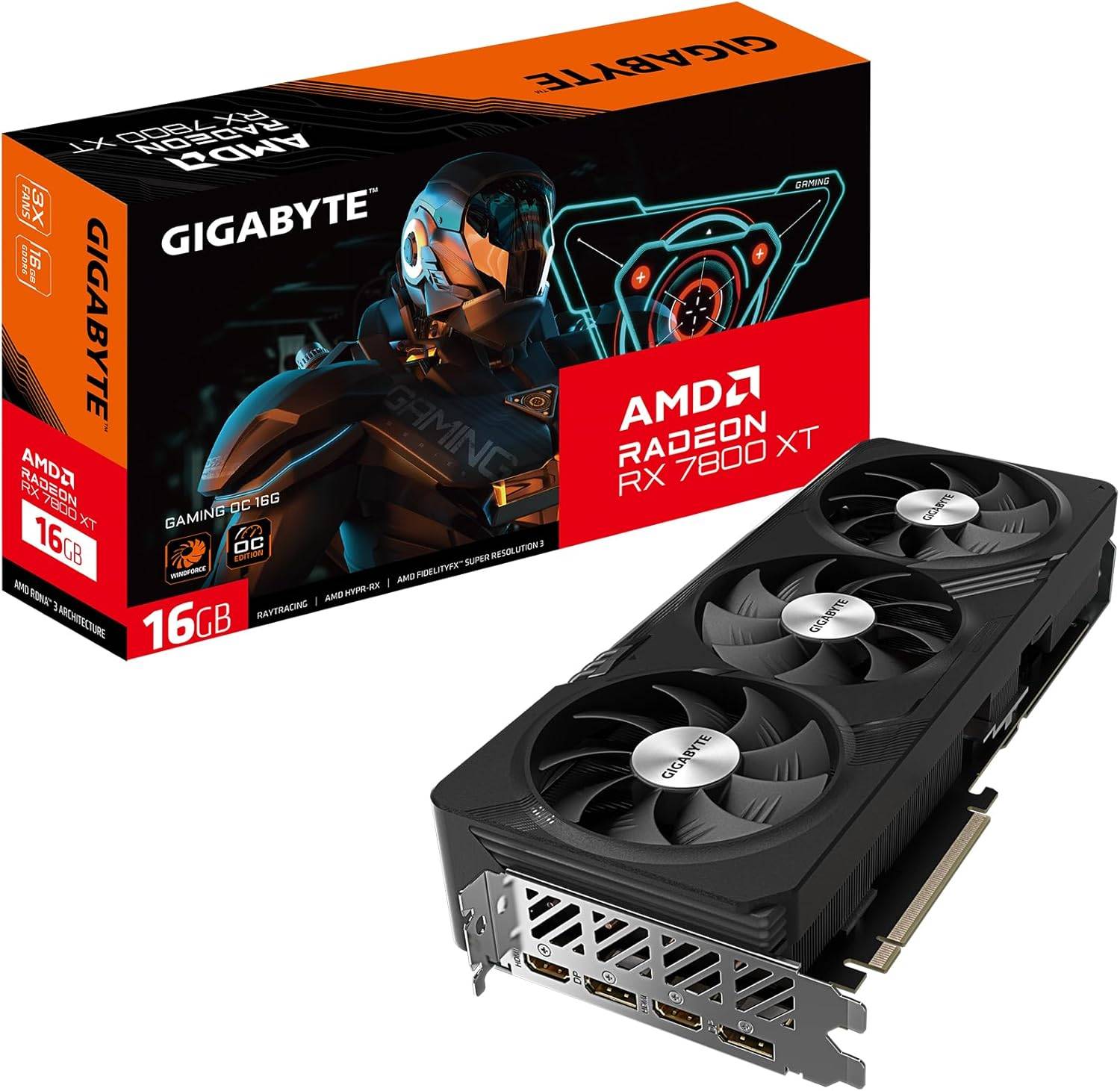 Best AMD Graphics Card for 1440p
Best AMD Graphics Card for 1440p
AMD Radeon RX 9070
5
See it at Newegg
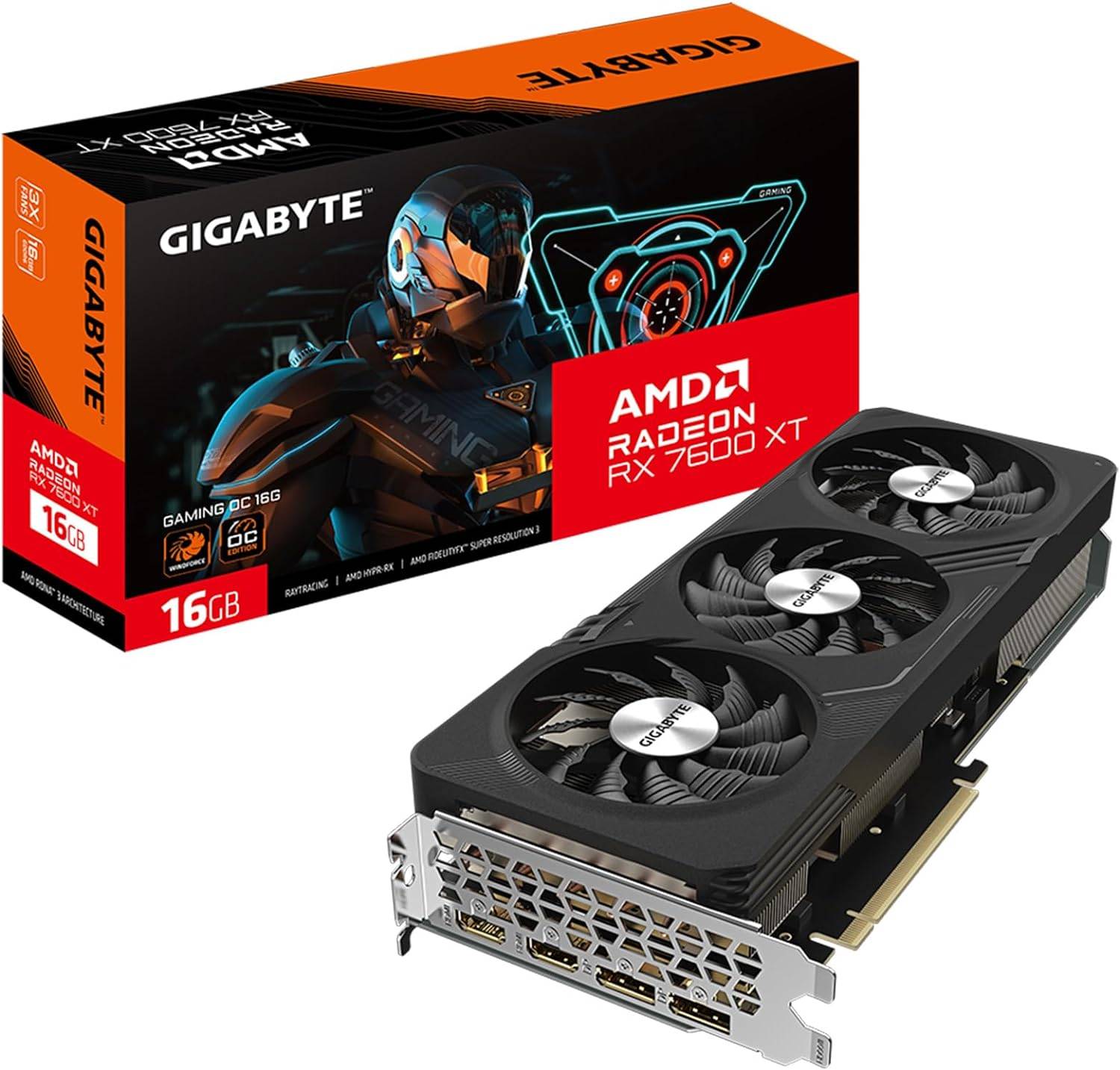 Best AMD Graphics Card for 1080p
Best AMD Graphics Card for 1080p
Gigabyte Radeon RX 7600 XT Gaming OC Windforce
6
See it at Amazon
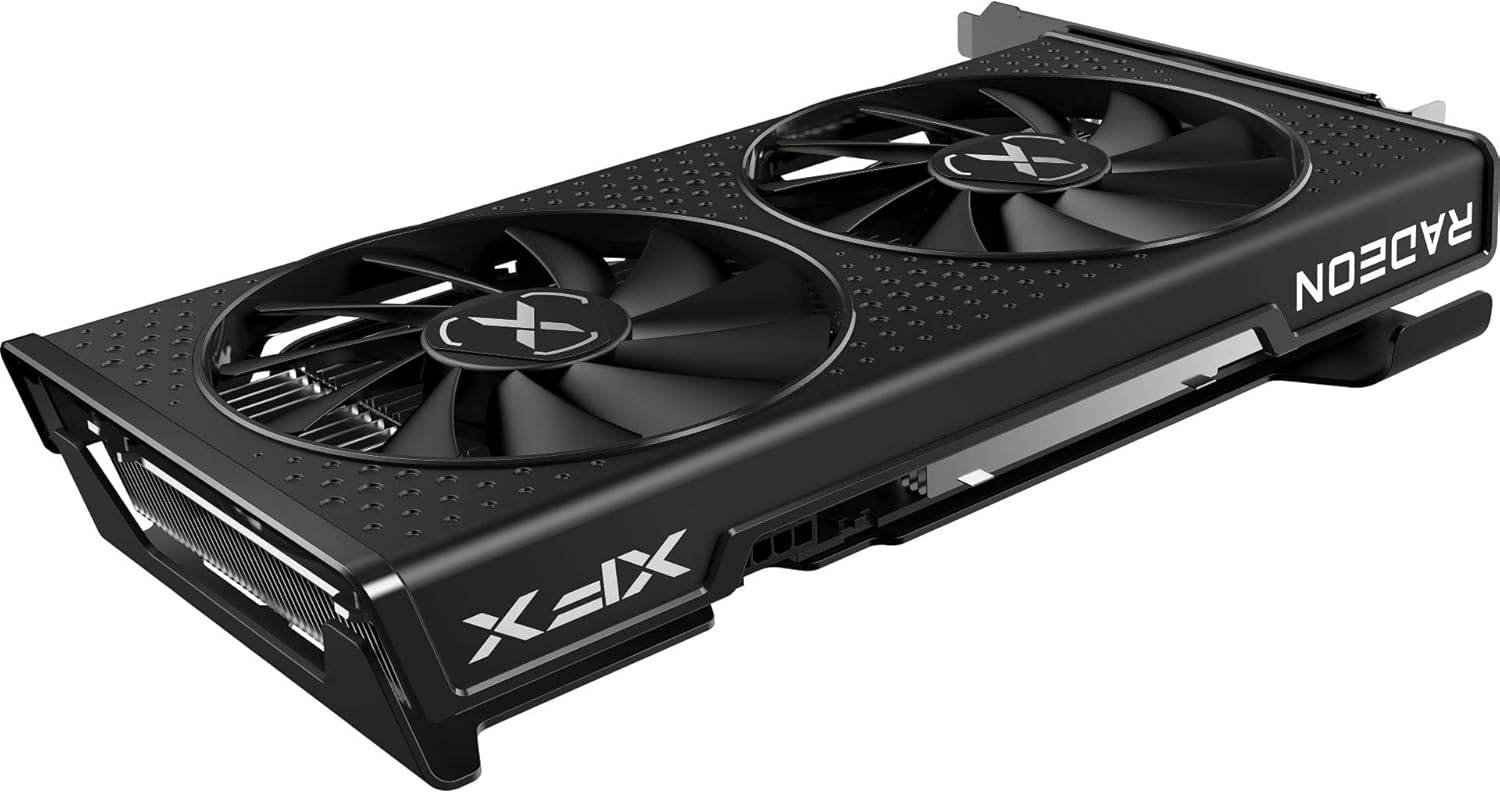 Best AMD Graphics Card on a Budget
Best AMD Graphics Card on a Budget
XFX Speedster SWFT Radeon RX 6600
5
See it at Amazon
Graphics Card Basics: What You Need to Know
Graphics cards are complex, but you don’t need a degree in computer engineering to pick the right one. For AMD, the first thing to understand is the new naming scheme. The latest generation—represented by the Radeon RX 9070 series—marks a shift from the older RX 7000 series. Note: AMD skipped the "8000" line entirely. As a rule of thumb, any AMD GPU starting with a "9" is current-gen; "7" and "6" denote previous generations.
Suffixes like “XT” or “XTX” indicate a performance bump within the same class. For example, the RX 9070 XT outperforms the RX 9070, but they’re not in entirely different tiers. Older three-digit models like the RX 580 are outdated and should be avoided unless found at a steep discount.
Key Specs to Consider
VRAM (Video Memory): This is crucial for handling high-resolution textures. For 1080p gaming, 8GB is sufficient for most titles. At 1440p, aim for 12GB–16GB, especially in demanding games like Cyberpunk 2077 or Black Myth: Wukong. For 4K, 16GB or more is ideal—higher-end models like the RX 9070 XT and RX 7900 XTX deliver exactly that.
Compute Units & Streaming Multiprocessors (SMs): These are the building blocks of GPU performance. Each AMD compute unit contains 64 SMs. More units mean better performance. The RX 7900 XTX, for instance, has 96 compute units and 6,144 SMs, making it a powerhouse for 4K gaming.
Ray Tracing Cores (RT Cores): Every modern AMD GPU includes dedicated RT hardware in each compute unit. The RX 7900 XTX has 96 RT Cores, enabling realistic lighting, shadows, and reflections. While AMD still trails slightly behind Nvidia in ray tracing efficiency, the gap is narrowing—especially with FSR boosting performance in RT-heavy titles.
Before buying, ensure your PC can handle the card. Check case clearance and PSU wattage. High-end GPUs like the RX 9070 XT require a robust power supply (typically 750W or more) and adequate airflow.
AMD Radeon RX 9070 XT – The Best All-Around Choice
 Best AMD Graphics Card (For Most People)
Best AMD Graphics Card (For Most People)
AMD Radeon RX 9070 XT
6
See it at Newegg
Product Specifications:
Streaming Multiprocessors: 4096
Base Clock: 1660 MHz
Game Clock: 2400 MHz
Video Memory: 16GB GDDR6
Memory Bandwidth: 644.6 GB/s
Memory Bus: 256-bit
Power Connectors: 2 x 8-pin
PROS: Exceptional 4K performance for the price, generous 16GB VRAM, supports FSR 4 for superior image quality
CONS: Slightly behind Nvidia in ray tracing performance
The AMD Radeon RX 9070 XT is a game-changer. Priced at $599, it undercuts the competing RTX 5070 Ti by $150 while delivering slightly better average performance—about 2% faster across benchmark tests. It’s a rare win for value, proving that Team Red can lead in performance per dollar.
It excels at 4K gaming, handling AAA titles with ease, and even manages ray tracing surprisingly well. The real innovation? FSR 4—an AI-powered upscaling tech that prioritizes image clarity over raw speed. While it carries a ~10% performance cost compared to FSR 3.1, the visual improvement is significant, especially in single-player games where immersion matters more than frame rate.
AMD Radeon RX 7900 XTX – The 4K Beast
 The Best 4K AMD Graphics Card
The Best 4K AMD Graphics Card
Sapphire Pulse Radeon RX 7900 XTX
8
See it at Amazon
Product Specifications:
Streaming Multiprocessors: 6144
Base Clock: 1929 MHz
Game Clock: 2365 MHz
Video Memory: 24GB GDDR6
Memory Bandwidth: 960 GB/s
Memory Bus: 384-bit
Power Connectors: 2 x 8-pin
Outputs: 1 x HDMI 2.1a, 2 x DisplayPort 2.1, 1 x USB-C
PROS: Outstanding 4K performance, massive 24GB VRAM buffer
 Home
Home  Navigation
Navigation






 Latest Articles
Latest Articles

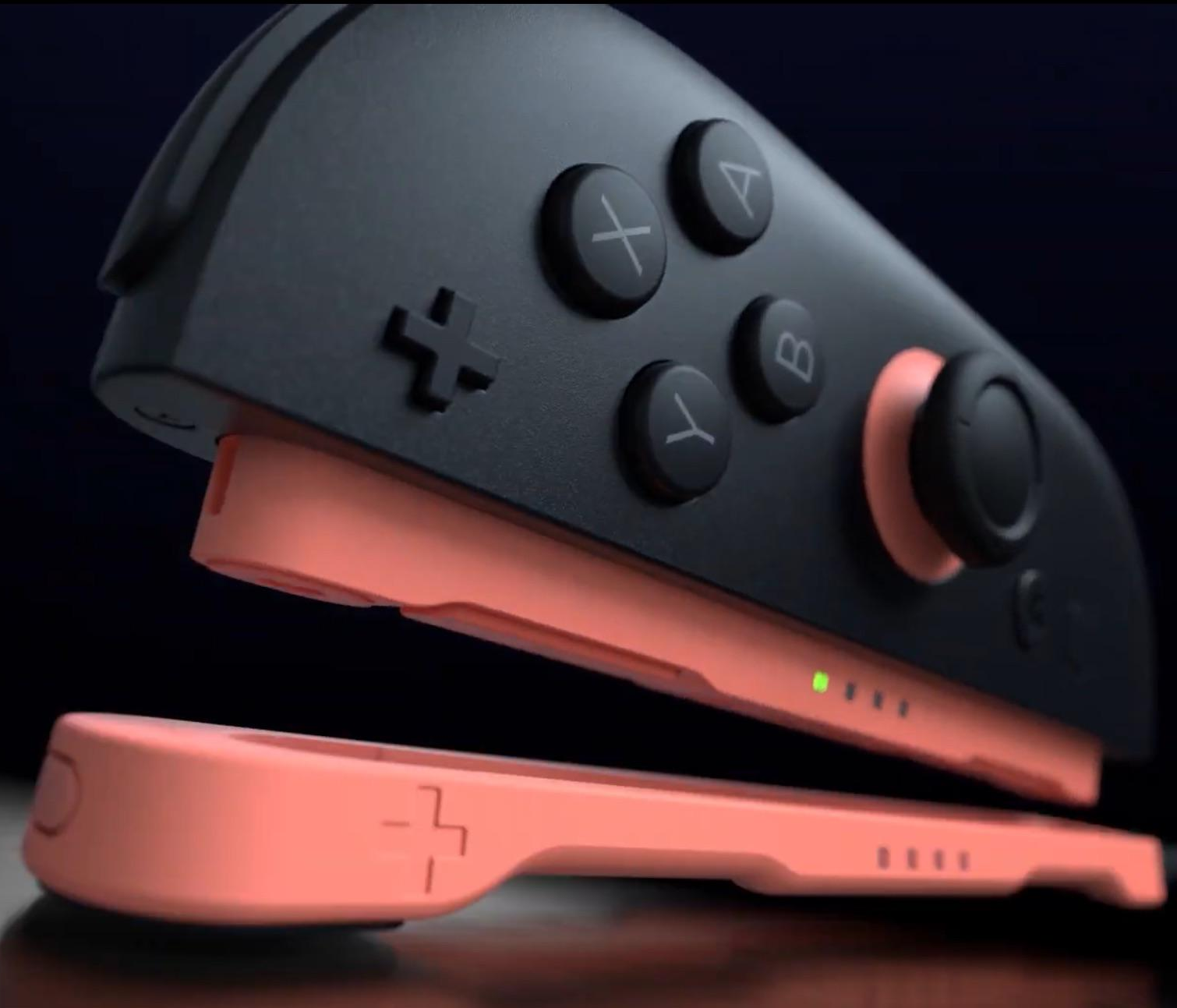








 Latest Games
Latest Games
